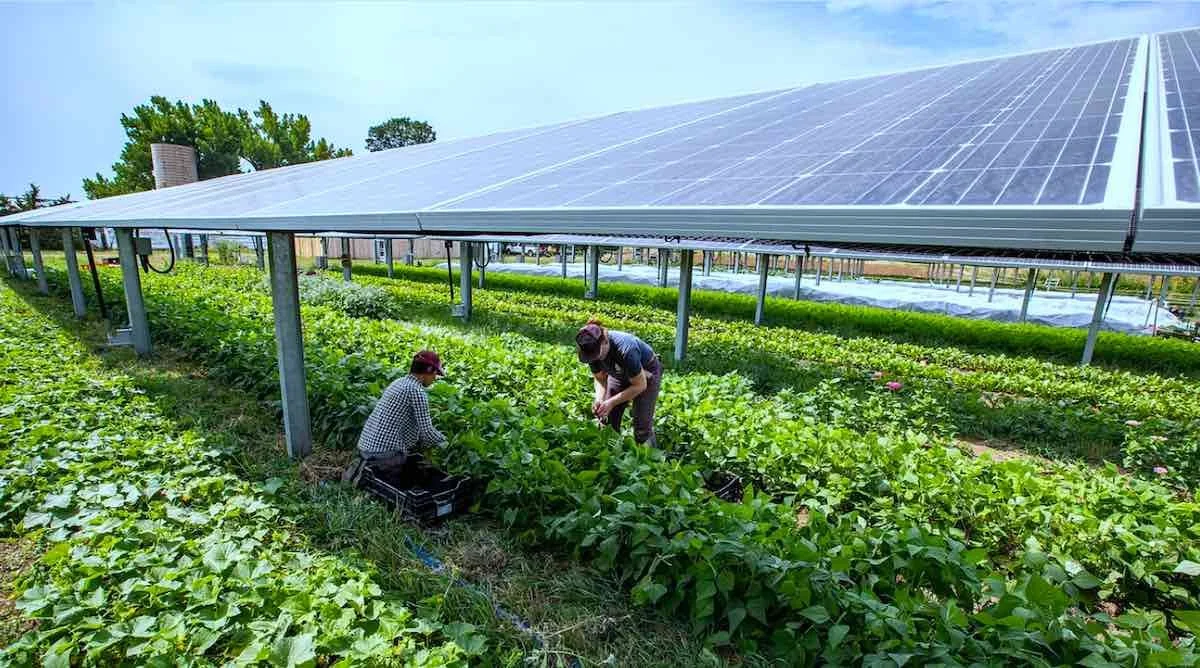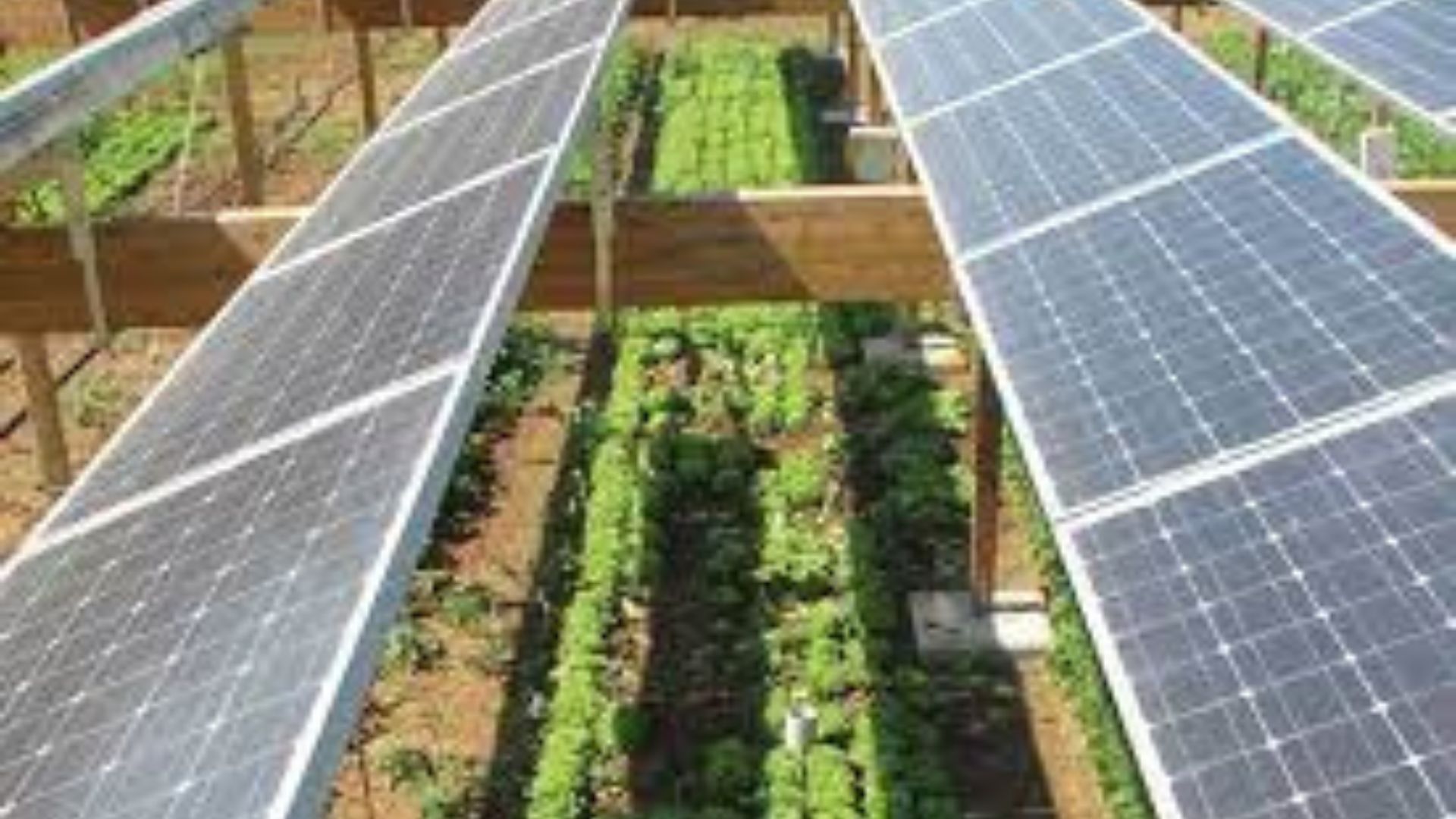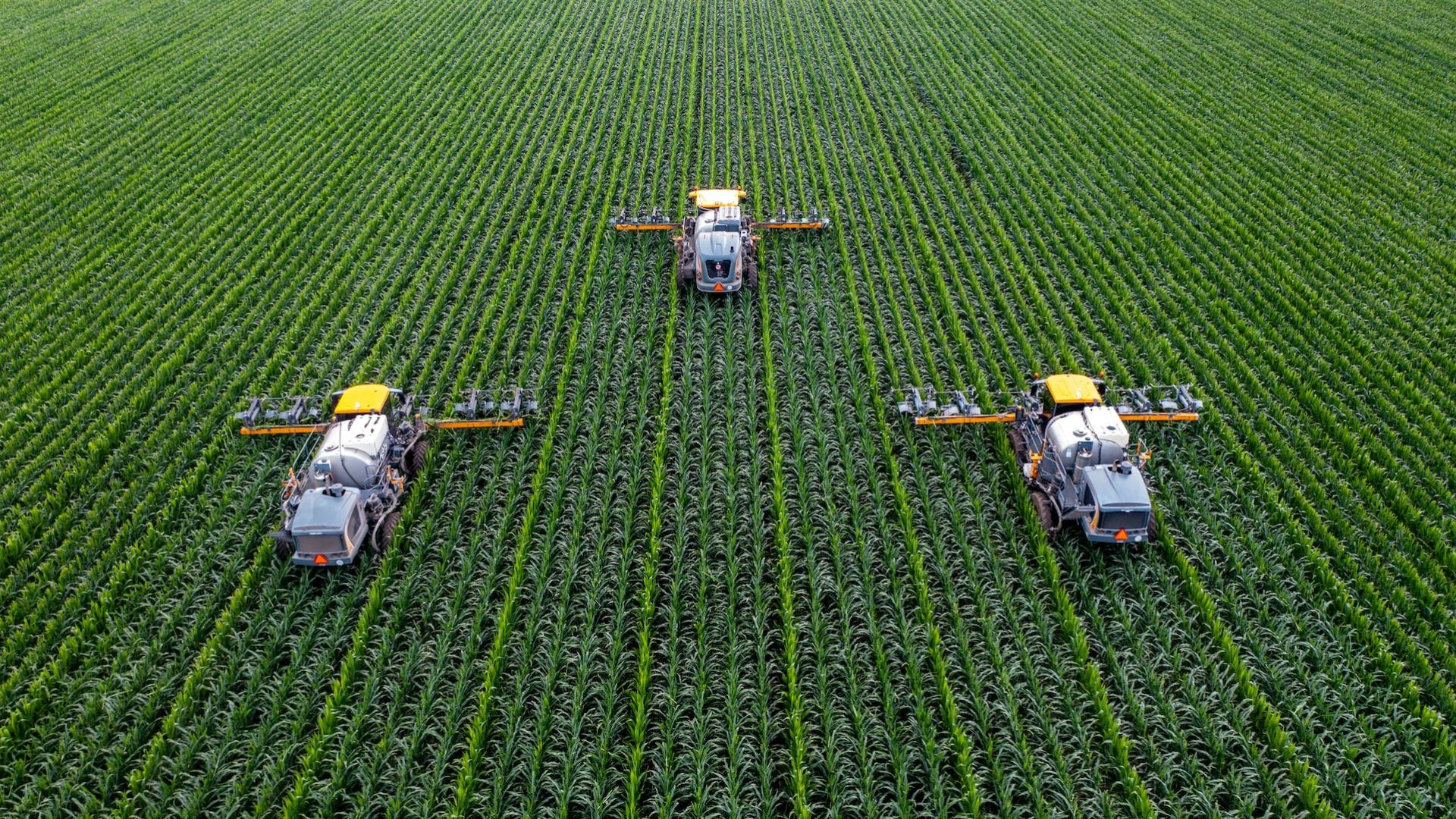Modern farming is about more than just growing food—it’s also about reducing environmental impact. With rising energy costs and climate concerns, many farmers are turning to green energy solutions for farms to power their operations. From solar panels to biodigesters, sustainable energy sources can cut emissions and save money over time. These systems also reduce reliance on fossil fuels and create opportunities for long-term growth. The shift to green energy is not only smart but necessary for a resilient agricultural future.

Solar Power: A Popular and Proven Option
One of the most widely adopted green energy solutions for farms is solar power. Farms have ample space—on roofs, barns, or unused fields—that can host solar panels. These systems convert sunlight into electricity, powering irrigation, lighting, refrigeration, and even electric fencing. Excess energy can often be sold back to the grid, creating an additional income stream. Over time, solar energy reduces utility bills and offers independence from rising fuel costs. It’s a clean, reliable solution suited to nearly every farm.
Wind Energy for Rural Landscapes
Many rural farms benefit from consistent wind, making small wind turbines a viable power source. Wind turbines can generate electricity for daily operations, especially in remote areas where power lines may be limited. Farms with open land and strong wind patterns can install turbines to complement solar systems or operate independently. Maintenance is relatively low once turbines are in place. Wind energy reduces greenhouse gas emissions and can drastically cut traditional energy use, especially on larger properties.
Biomass and Biogas Systems
Farms often generate significant organic waste—manure, crop residues, and food scraps. Instead of letting it go unused, farmers can turn this waste into power with biomass or biogas systems. A biodigester breaks down organic material to produce biogas, which can then fuel generators or heating systems. Biomass systems burn organic matter cleanly to create heat or electricity. These solutions help manage farm waste while creating a renewable energy source. It’s a perfect example of sustainability and circular agriculture.
Geothermal Heating and Cooling
Another effective but lesser-known option is geothermal energy. These systems use the earth’s consistent underground temperatures to heat or cool buildings, greenhouses, or animal shelters. While initial installation costs can be high, geothermal systems offer major energy savings over time. They’re incredibly efficient, low-maintenance, and ideal for regions with extreme climates. By reducing the need for electric heating or fuel-burning systems, geothermal energy supports sustainable farm operations. It’s a great investment for long-term environmental and economic benefits.
Hydropower for Streamside Farms
For farms located near streams or rivers, micro-hydropower offers a renewable energy opportunity. These small-scale systems divert a portion of water through turbines, generating clean electricity. Hydropower systems are especially useful for off-grid farms or those in mountainous areas. Though site-specific, they provide consistent energy and minimal operational costs after setup. Water flow must be managed responsibly to avoid ecosystem disruption. When done correctly, hydropower offers one of the most consistent and eco-friendly energy supplies for farms.
Combining Systems for Maximum Efficiency
The most efficient farms often combine multiple renewable energy systems to meet their diverse needs. For example, solar panels can power daytime operations while wind turbines work overnight. Biodigesters can supply heating, while hydropower or geothermal systems maintain greenhouse temperatures. Combining systems builds resilience, ensuring that one energy source can support another during outages or weather changes. This integrated approach maximizes savings, improves reliability, and increases energy independence. It also makes farms more adaptable to climate variability and rising energy demand.
Financial Incentives and Long-Term Savings
Investing in green energy solutions for farms may seem expensive upfront, but long-term savings are substantial. Many governments and organizations offer incentives such as tax credits, grants, and low-interest loans for installing renewable systems. These programs reduce financial barriers and speed up the return on investment. Plus, reduced energy bills and potential income from selling back excess energy make green systems financially appealing. Sustainable energy not only helps the planet—it also protects a farm’s bottom line.
Final Thoughts on Green Energy Solutions for Farms
Farming sustainably means thinking ahead, and green energy solutions for farms provide the tools to do just that. By adopting renewable power systems—like solar, wind, biogas, or geothermal—farmers reduce environmental impact and gain greater energy control. The transition doesn’t have to happen all at once; even small steps make a big difference. With the right planning and support, green energy becomes a powerful ally for the future of agriculture. Cleaner farms grow more than crops—they grow sustainability.










